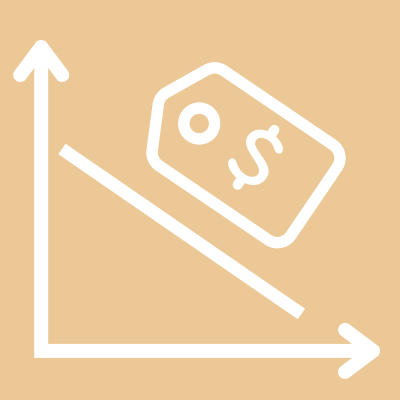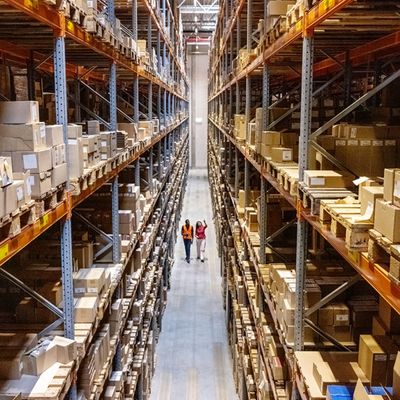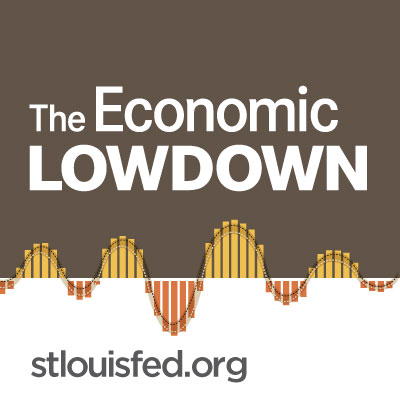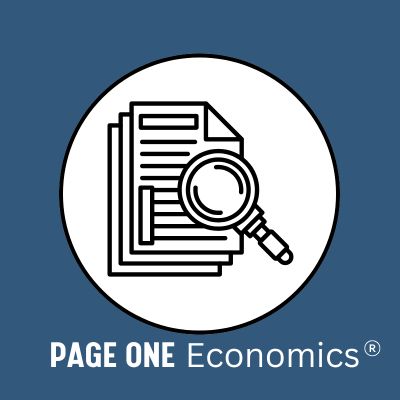Demand
Describe the demand side of the market.
{{searchResultSnippet}}
 Back to All
Back to All

This video assignment discusses some common applications of price elasticity of demand, including both business and government applications. It provides an overview of what price elasticity of demand is, describes what factors influence elasticity, and discuss some common applications of the concept.
Price elasticity of demand is not just a cool concept. It has important implications for people in your community.
Can you guess who they are?
Businesspeople and policymakers. Knowing whether a good is likely to be price elastic or price inelastic could help guide business decisions about price changes and government decisions about taxes. Here’s how.
If you owned a business, it would be useful to know how a change in the price of the good you sell would influence the amount of money you bring in, which is your revenue. Your revenue is calculated by multiplying the amount of a good sold by the price charged for that good.
Imagine you own a firm that sells widgets. If demand for widgets is relatively price elastic and you decide to increase the price by 10 percent, you could expect the quantity you sell to decrease by more than 10 percent, which means your revenue would decrease. In this case, by increasing your price, you’d bring in less money.
But if demand for widgets is relatively price inelastic, and you decide to increase the price by 10 percent, you could expect the quantity demanded to fall—due to the law of demand. But since the demand is relatively inelastic, the quantity demanded would fall by less than 10 percent, which means your revenue would increase. By increasing the price, you’d bring in more money.
For policymakers, understanding the price elasticity of demand may help them consider consequences when designing tax policy.
When the price of an inelastic good increases, consumers generally don’t reduce their consumption by very much, relatively speaking. So, so raising the tax on those goods will result in higher tax revenues. If the goal is to raise tax revenue, policymakers might consider increasing the tax on inelastic goods.
However, if a good is price elastic, an increase in the tax on that good would likely reduce the quantity of the good consumers demand by a greater percentage than the price increase. Tax revenues would likely fall. However, if the goal of the tax is to discourage the use of good or service, raising the tax on a good that is price elastic can help accomplish that goal.
Well, snap! We’re out of time. I hope you feel a little stretched by this experience. Thanks for watching.

Demand
Describe the demand side of the market.

Supply & Demand: How Do Markets Determine Price?
Learn about the basics of supply, demand, and market equilibrium.

Entrance and Exit Tickets for a General Economics Classroom
Short formative assessments for the general economics classroom.

Econ Lowdown Podcast Series
21 Economics audio assignments for your classroom

Sold Fast: Price Tags and the Impact on Consumer and Producer Surplus
Introduce the concepts of producer and consumer surplus and the role of price tags in decision-making.

Supply & Demand: How Do Markets Determine Price?
Learn about the value of saving, investing, and the Rule of 72.
{{resourceTitle}}
{{resourceBlurb}}